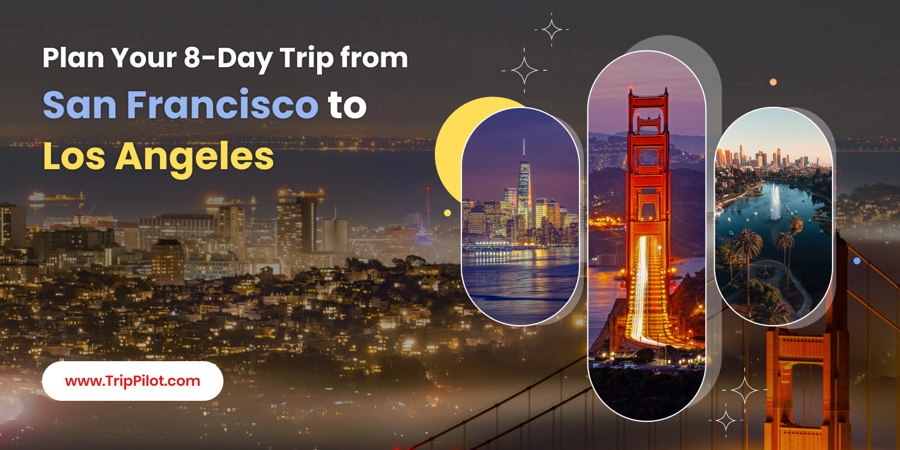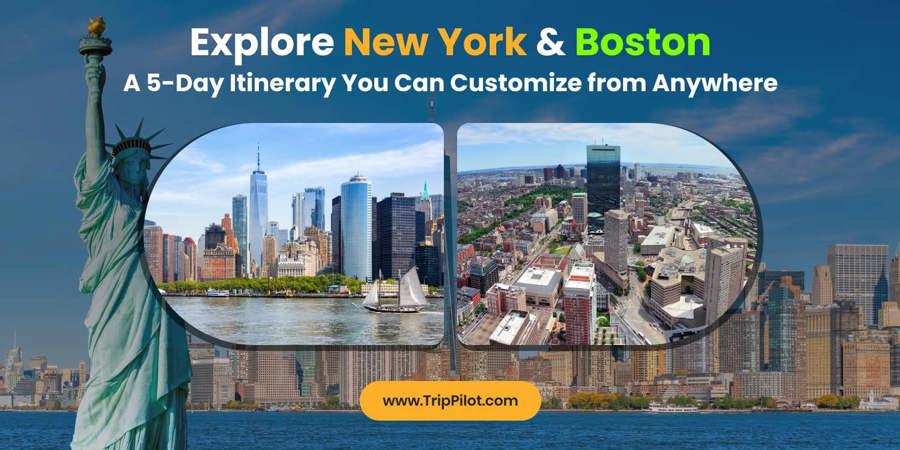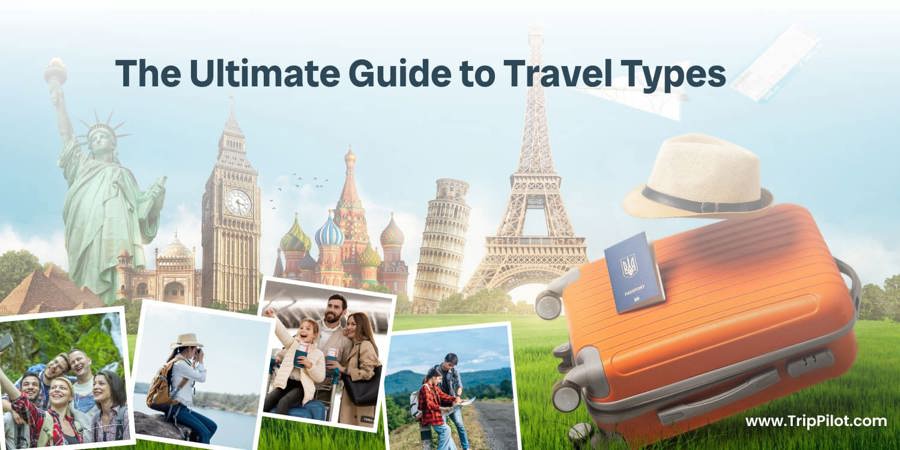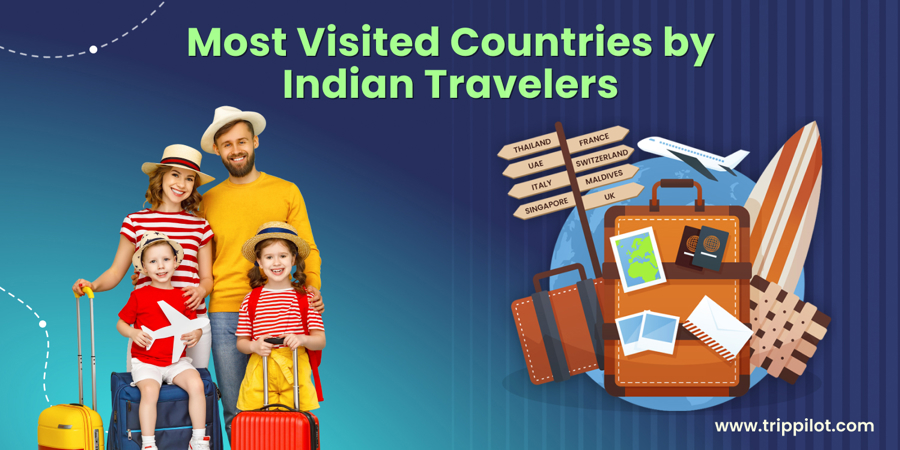You ease into your first morning in Toronto with the scent of fresh coffee from St. Lawrence Market, then glance up at the CN Tower as your rental car waits. You’re about to leave the city hum behind and head toward waterfalls, wine country, quaint towns, and lakeshores. Over the next six days, you’ll traverse Ontario’s best drives, from Niagara Falls to Ottawa, uncovering natural wonders, local flavours, and cultural gems as you go. With TripPilot’s smart itinerary planner guiding you every turn, you’ll maximize time without missing hidden local gems.
Key Takeaways
- Hit the crown jewels: Niagara Falls, Thousand Islands, Ottawa & Muskoka-style countryside
- Balance driving time and relaxation by pacing 5–6 stops over 6 days
- Learn local culture: Indigenous heritage, Ontario’s wine regions, seasonal festivals
- Avoid tourist pitfalls: best times to visit, where to stay, when to book ahead
- Use TripPilot AI to tailor route, suggest accommodations, optimize dining stops, and adjust for weather & season
You’ll start in Toronto (or nearby arrival city), drive through gardens, waterfalls, quaint towns, provincial parks and end in Canada’s capital, Ottawa. Each day offers a mix of nature, food & culture. TripPilot helps you adapt the pace, pick the best stops based on your interests, and save you hours in planning.
Table of Contents
- Day 1: Arrival in Toronto + Niagara Region.
- Day 2: Niagara to Prince Edward County / Sandbanks.
- Day 3: Prince Edward County → Kingston → 1,000 Islands → Gananoque.
- Day 4: Gananoque → Ottawa via Rideau Canal / Kingston to Ottawa drive.
- Day 5: Ottawa & Surrounds.
- Day 6: Return possibilities or add-on: Muskoka / Cottage Country.
Explore Ontario in 6 Days
Day 1: Arrival in Toronto + Niagara Region
On your first day, ease into Ontario life with a blend of big-city energy and breathtaking natural wonder. Begin with a few hours in Toronto — stroll St. Lawrence Market, snap a photo from the CN Tower or Harbourfront, and get a feel for Canada’s largest city. Then collect your rental car and head southwest toward Niagara Falls (approx. 1½-2 hrs drive).
By mid-afternoon, you’ll reach the thunderous cascades. Take the classic boat ride (e.g. Maid of the Mist / Hornblower), wander the lookout viewpoints, and explore the historic walkways behind the falls. In the evening, cross into Niagara-on-the-Lake, one of Ontario’s wine regions. Enjoy vineyards, a local farm-to-table dinner, and settle into a charming boutique hotel.
Visit in late spring or early fall to avoid peak summer crowds at Niagara Falls. Book winery tours ahead.
Trippilot suggests the optimal time to visit Niagara (weather-wise), mapping the best winery tours in Niagara-on-the-Lake based on your preferences, and offering alternative nearby stays if downtown is full. Everything you will get in the Niagara Falls guide
Day 2: Niagara to Prince Edward County / Sandbanks
Leave Niagara Falls in the morning and drive east toward Prince Edward County (approx. 3-hr drive depending on route). This region is famous for its beaches, artisan food, wineries, and relaxing rural charm. Stop at Sandbanks Provincial Park with its sweeping dunes and sandy beaches.
You might spend mid-day cycling between vineyards, sampling local cheeses, or meandering through Picton. Stay overnight in one of the county’s boutique inns.
Prince Edward County has an emerging food & wine scene, often called Ontario’s “east-coast cottage county.” Visiting small artisan producers helps support local farms, and you’ll find a slower pace than in major tourist corridors.
With custom travel planning, TripPilot suggests boutique inns, local wineries, and the most scenic drives for your style — whether you love art, food, or nature.
Day 3: Prince Edward County → Kingston → 1,000 Islands → Gananoque
On Day 3, you’ll drive northeast toward Kingston, one of Ontario’s oldest cities on Lake Ontario. Stop by local heritage sites (Fort Henry, waterfront walk). Then continue to the Thousand Islands area. You can take a boat cruise along the St. Lawrence River islands, enjoy waterfront views, and stay overnight around Gananoque or Brockville.
This route is part of the well-known 1000 Islands / Thousand Islands Parkway scenic drive.
Boat cruises often require advance booking in summer. Check seasonal hours. Choose a sunset cruise for calmer waters.
With the AI travel Planner, you can reserve cruises, find hidden viewpoints, and even plan detours using TripPilot’s smart routing engine.
Day 4: Gananoque → Ottawa via Rideau Canal / Kingston to Ottawa drive
Wake up by the river and drive north-east toward Ottawa. Before reaching the capital, you may detour to smaller towns (e.g. Merrickville) or scenic waterways (Rideau Canal locks region). Arrive in Ottawa by afternoon. Explore Parliament Hill, ByWard Market evening food stalls, and local museums.
In Ottawa, you’ll also find art galleries, heritage architecture, and a cosmopolitan dining scene. It’s ideal to stay two nights to soak in the capital atmosphere.
Stay near the river or downtown for walkable access to Parliament, or choose a boutique hotel in the historic neighbourhoods near the Rideau Canal.
Build a Custom Trip to adjust hotel suggestions in real time based on your preferences and events in the city.
Day 5: Ottawa & Surrounds
Spend a full day exploring Ottawa. Visit the Canadian Museum of History (just across the river), stroll along the Rideau Canal (a UNESCO site), visit galleries, and spend the evening with local flavours (artisan markets, farm-to-table restaurants).
If time allows, venture to nearby natural areas—parks within 1-2 hr of Ottawa—or explore small heritage towns (e.g. Gatineau Hills or rural Quebec border villages).
The Ottawa-Gatineau region is rich in bilingual history (English/French), Indigenous history, and government heritage. Don’t skip guides or plaques that share that layered story.
Build your itinerary effortlessly with TripPilot. It suggests museum hours, food tours, and even nearby weekend markets that match your interests.
Day 6: Return possibilities or add-on: Muskoka / Cottage Country
On your final day, you have options. If your flight or departure is from Ottawa, you could spend the morning relaxing with a park-side walk, souvenir shopping, or brunch downtown, then head to the airport.
Alternatively, you can extend into Muskoka / Cottage Country (northward) or drive back toward Toronto via scenic lakeside roads, stopping at smaller towns or lakeshores. This gives you closure with a calm, nature-immersed pace before your departure.
If returning to Toronto by road, plan for approximately. 4-5 hrs drive with stops along lakes and rural towns.
With TripPilot, you can create a travel itinerary online in seconds for an optional Muskoka detour — whether you crave canoeing, hiking, or lakeside lounging.
Seasonal Planning & Practical Tips
# Best Time to Visit
Mid-May through early October is ideal — the weather is mild, the parks are open, and festival activity is high. Avoid the deep winter: many rural roads & parks close or have limited access in the snow season.
# Driving & Navigation Tips
Ontario’s roads are well-marked and maintained, but in more rural stretches cell coverage may fluctuate. Use offline maps features (TripPilot can generate offline-accessible route chunks). Plan fuel stops in smaller towns (e.g. along 1000 Islands Parkway).
# Accommodation & Budgeting Ideas
Plan ahead for boutique hotels or B&Bs, especially in Niagara-on-the-Lake, Prince Edward County, and Ottawa. Rates rise during summer weekends. Consider mid-week stays or shoulder season (May/June or September).
# Local Culture & Etiquette
Ontario is a mosaic of Indigenous heritage, francophone-Anglo communities (especially around Ottawa), and small-town rural charm. Respect local signage, especially in bilingual zones around Ottawa/Gatineau. Ask about First Nations-led tours if available.
TripPilot can surface culture-led experiences (guided walks, Indigenous tourism providers) tailored by your profile (interests, mobility preference, local origin).
Frequently Asked Questions
What is the best time of year for an Ontario road trip?
The ideal season is late spring to early fall (roughly May through September), when roads are open, the weather is pleasant, and outdoor activities such as park visits, boat cruises, and hiking are fully available.
How many kilometres/driving time will you cover in this 6-day route?
You’ll drive moderate distances between major stops — expect 1.5–3 hours driving on many days. Total distance may reach 800–1,200 km depending on detours. TripPilot can compute your specific route distance and suggest rest stops, fuel & charging stations if driving electric.
Do I need to rent a car to explore Ontario well?
Yes — a car gives you freedom to explore rural and scenic stops. Many hubs (Niagara, Kingston / 1000 Islands, Ottawa) have car-rental facilities. Plan ahead to pick up/drop-off locations. TripPilot can compare rental-car options and highlight ones with flexible drop-off points.
Is it safe to road-trip in Ontario for international travellers?
Ontario is generally safe and well-connected. Major highways are maintained; smaller roads in rural areas are calm during daytime. Still, ensure you have valid travel documents (visa status if applicable), local insurance for rental car, and check weather forecasts (especially in the shoulder season). TripPilot can send you travel-safety alerts (e.g. forest fire warnings or weather-based closures) during your trip.
Conclusion
You’ve just traversed city skylines, waterfalls, lake beaches, heritage towns, and Canada’s capital—all in six memorable days. Take a deep breath of crisp Ontario air, taste local wines, and listen for stories carried by the rivers.
Discover More Canadian Itineraries:
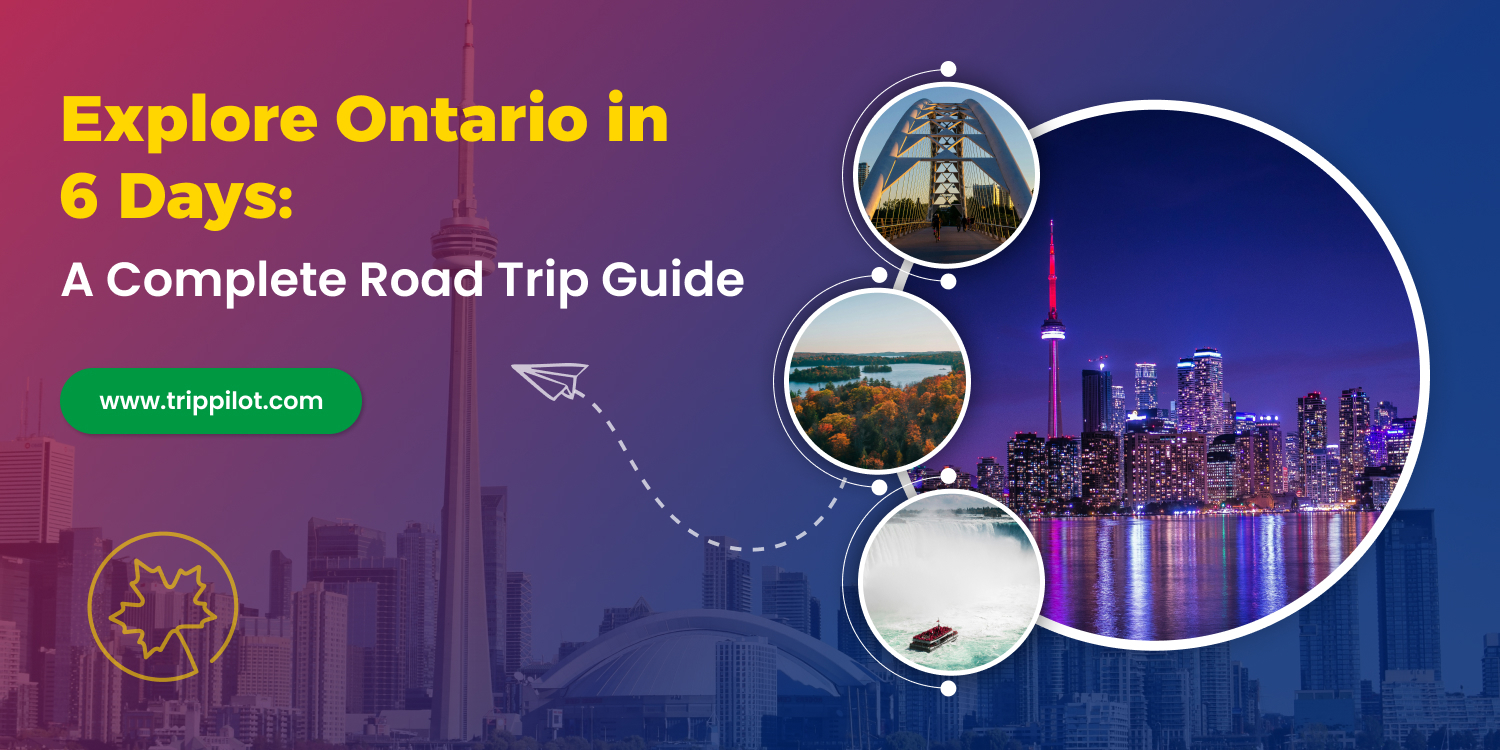






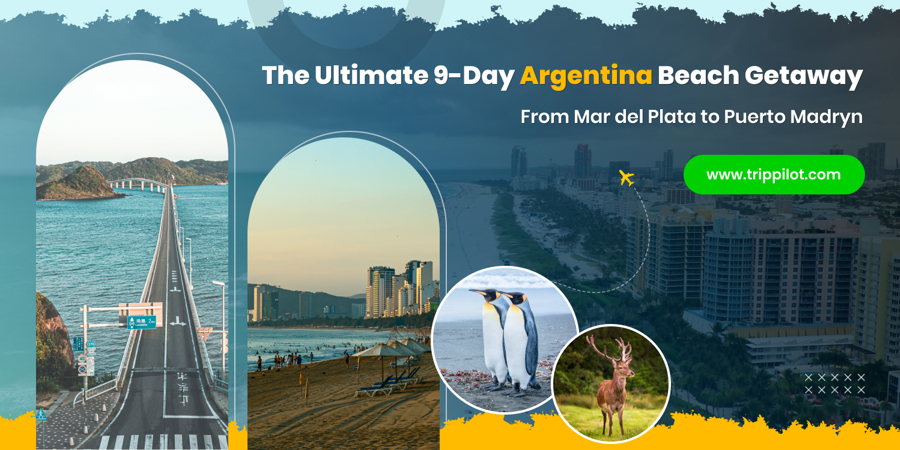
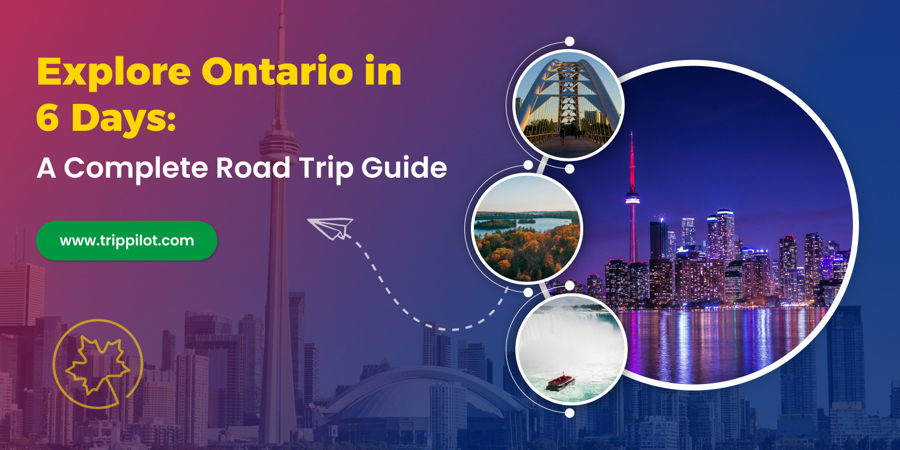

_900x450.jpg)


_900x450.jpg)
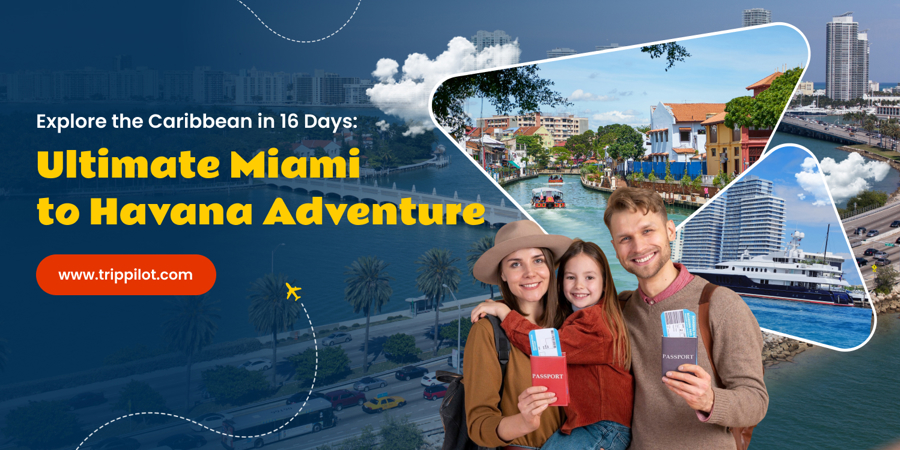
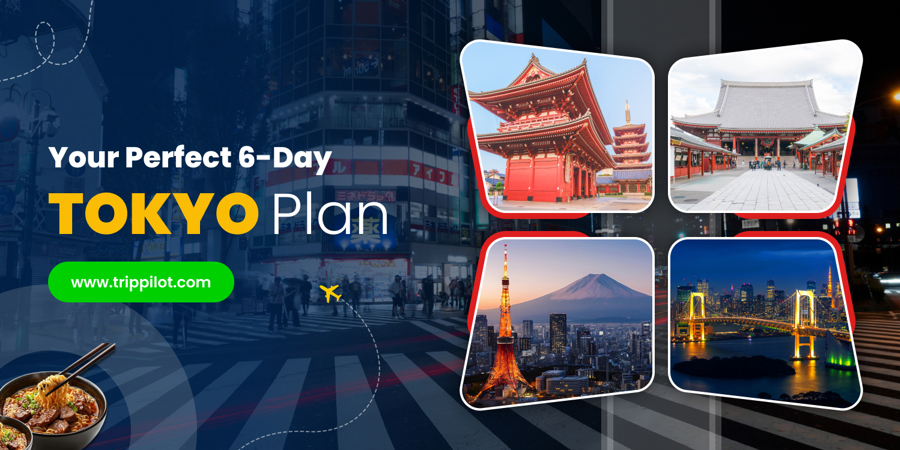
_900x450.jpg)
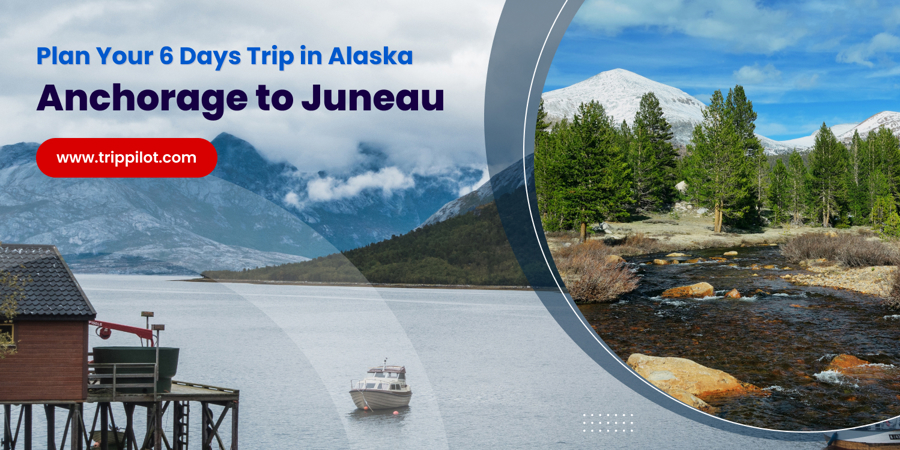


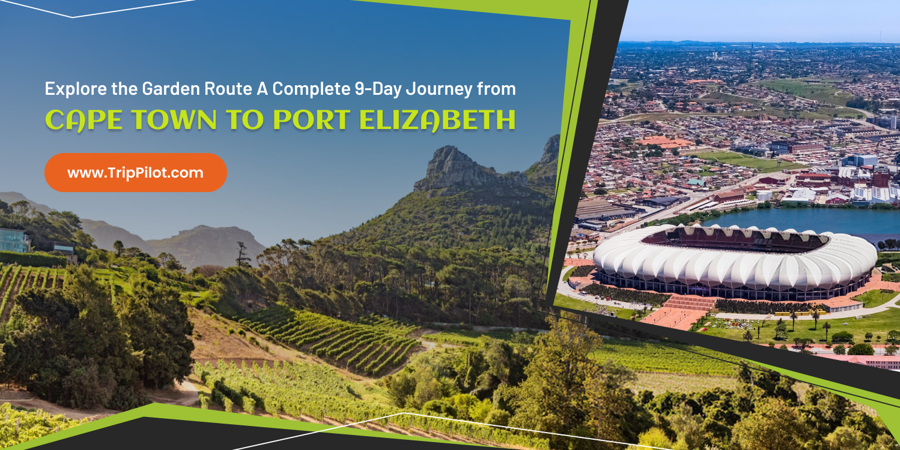

_900x450.png)



